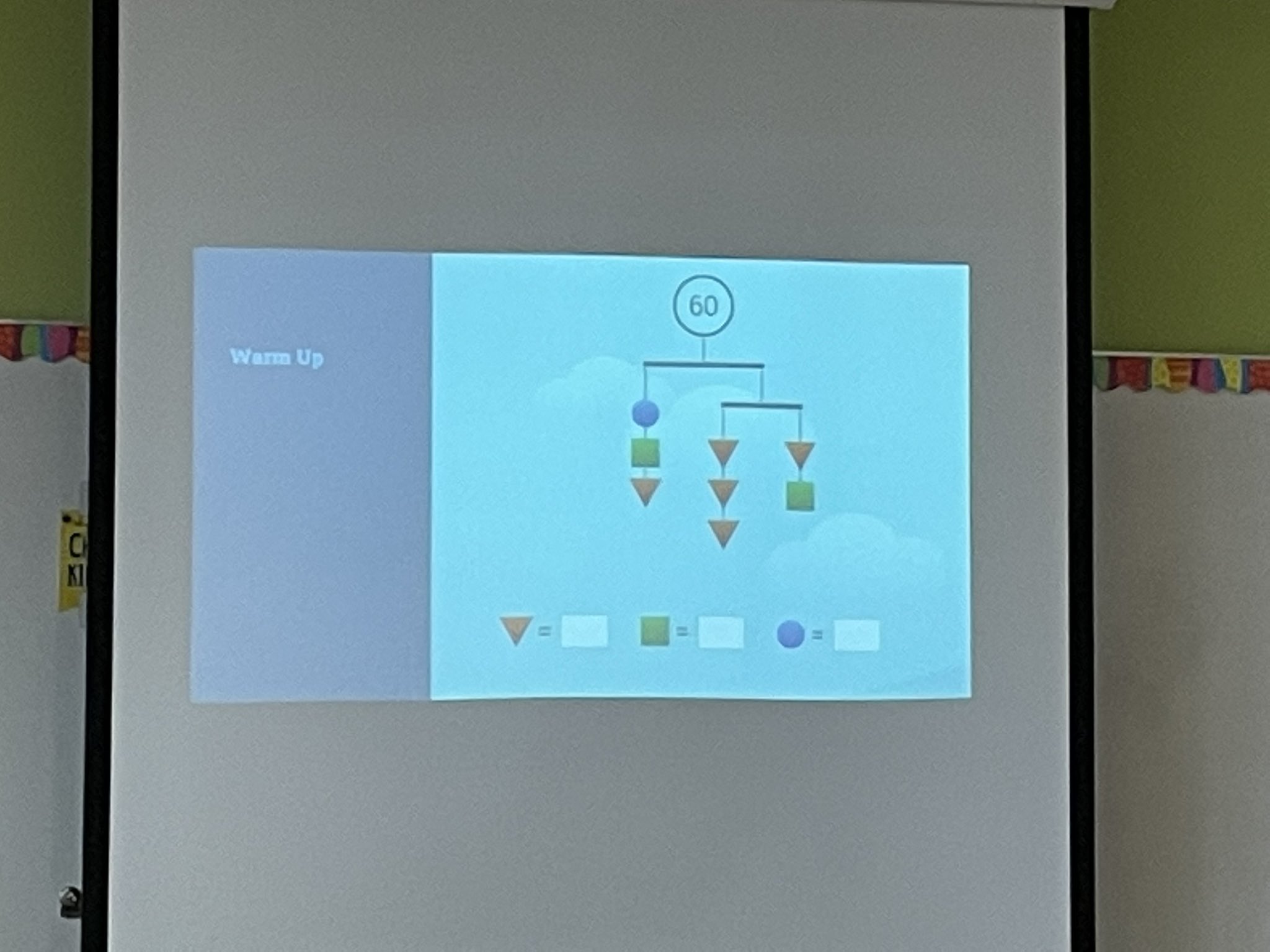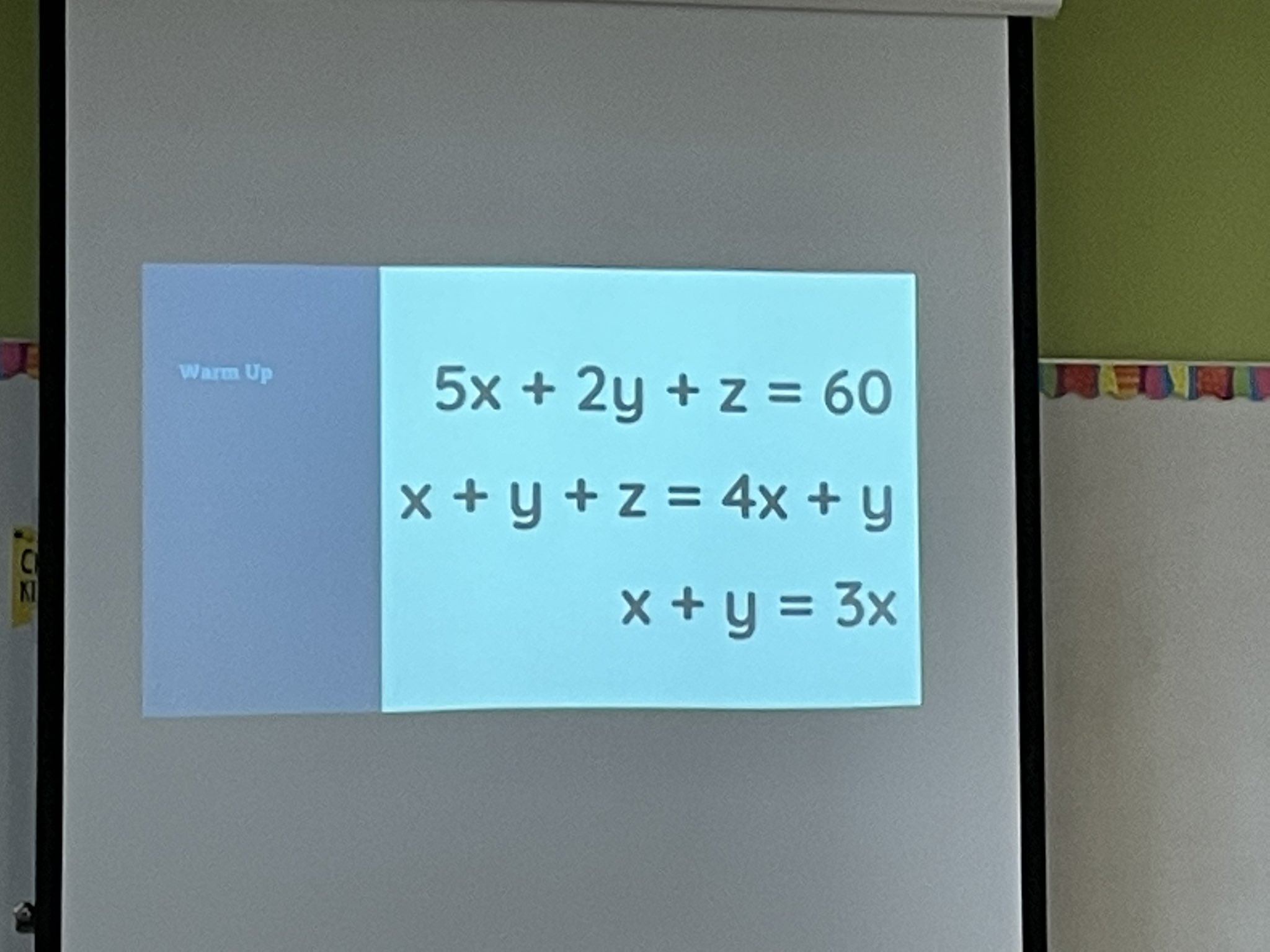TL;DR:
- Using strategies that support gifted students can support all students in your classroom.
- While at the Teach Better conference, I attended several sessions that would work well for gifted students, including using Depth of Knowledge and the Grid Method as well as finding ways for students to look at math creatively.
Gifted Strategies Are Just Good Teaching
These are strategies I often recommend for working with gifted students:
- higher level questioning
- creative thinking
- project-based learning
- student-centered
- self-paced work
I’ve said it before, and I will continue to say it. These are not exclusive to gifted students. These work with all kids because they are simply good teaching.
Never was this more evident than in my attendance at the Teach Better Conference this year. I went to a couple of sessions on day two of the conference. At each of these sessions, not once was the term “gifted” used (including my own and I am the Gifted Guy). And yet the strategies that were shared were all ones that gifted teachers can use to challenge their students.
We often make things academically challenging to meet the needs of advanced students. This does not necessarily push their thinking, however. If we want to do that, we have to intellectually stimulate them. Share on XThe Grid Method
In the first session, Chad Ostrowski was sharing the strategy that launched Teach Better: The Grid Method. The Grid Method is relatively simple in concept, but what it allows students to do is quite amazing. You take a content standard or content standards. You divide this into 5 levels of thinking using the DOK thinking platform. DOK stands for Depth of Knowledge for those who don’t know, but I have included this graphic to help:

I know there are only 4 levels of DOK, but Chad created a 5th one that blows the roof off for students which is great. At each of these levels of thinking there are activities for students to do. These activities are designed to help the student understand what it is they are supposed to be learning.
Why the Grid Method Is Great for Gifted Kids
When they finish one level of activities, working at their own pace, they move on to the next. One student might take 10 minutes to do the first activity while another might need 30 minutes. That is the beauty of the Grid Method. Students can work at their own pace. This means different students are going to get to different places on this grid which is its point.
You might give students three days to work on a grid. Student A gets to DOK level 2 while Student B might get all the way to level 4. Student A still gets a basic understanding of the content standard but because Student B has pushed their thinking, they have a deeper understanding. This is great for gifted students who lament having to keep up with the class. It also pushes their thinking. We often make things academically challenging to meet the needs of advanced students. This does not necessarily push their thinking, however. If we want to do that, we have to intellectually stimulate them. DOK level 4 is designed to do that in addition to Chad’s 5th level. So Student B who got to level 4 was challenging her thinking.
Another great thing about it is coupling it with a pre-assessment. You give a pre-assessment to the students and see where they are. Then, you start them on the grid where they showed they were capable of beginning. Some students might begin on DOK level 2 while others may start at the very beginning depending on the results. This is a way for gifted and high-achieving students to not have to do something they already know how to do.
Math can be creative??????
The next session was curated by Denis Sheeran. Denis is a math teacher. I know I have a very fixed mindset on math which is I don’t like to do it and just seeing a math problem causes me to tune out. However, Denis posted the following problems 1 minute into his talk:
No directions were given with the exception of having to solve it. I was immediately intrigued by this problem and began to furiously work on it. What did the triangles mean? If that is the case what does that say about the squares? What does the mobile represent? Lots of thinking going on.
He eventually revealed the answer (I actually got it correct which doesn’t happen all that often in math for me). Then he showed us this:
This is the exact same problem only in a mathematical formula. If he had put this problem on the board first, I would have maybe worked on it for 5 minutes and given up. I definitely would not have seen it as having to use creative thinking.
His contention in his session was that math doesn’t always have to be about the application. It can use higher levels of thinking. Math indeed can be creative if only you present it that way. This means providing many ways to look at math. This means various possible answers instead of just one. And this means not directing students to exactly what to do but allowing them to make their own choices in what they are solving for. Again, most math is academically challenging. But it is rarely intellectually stimulating. This math was.
[scroll down to keep reading]Why We Need Gifted Education
A friend of mine often tells me gifted education is not needed. (He does this despite the knowledge that this is my job.) His contention is that in a regular education classroom that uses higher-level questioning, student-centered learning, and self-paced lessons, the needs of these students can be met. And I completely agree. But with the caveat that I do not see many classrooms using these strategies. If this means the only way students will be exposed to these great strategies is as part of a gifted class, then that is what we need to provide.
Because of this, I will continue to advocate for gifted students and task teachers to challenge them. I will continue to train those working with gifted and those who are not with strategies that challenge the thinking of their students. But I will also continue to be on the lookout for other ways to meet the needs of students. I will continue to look for better teaching.
About Todd Stanley
Todd Stanley is a National Board teacher and the author of many teacher-education books including Project-Based Learning for Gifted Students: A Handbook for the 21st Century Classroom (2nd Edition), Authentic Learning: Real World Experiences that Build 21st Century Skills, and his most recent How the Hell Do We Motivate These Kids? He served as a classroom teacher for 18 years where he worked with parents to create two gifted programs for Reynoldsburg Schools as well as serving as their gifted coordinator for two years. He is currently the gifted services coordinator for Pickerington Local Schools where he lives with his wife and two daughters. You can follow him on Twitter @the_gifted_guy or visit his website at thegiftedguy.com where you can access blogs, resources, and view presentations he has given.





